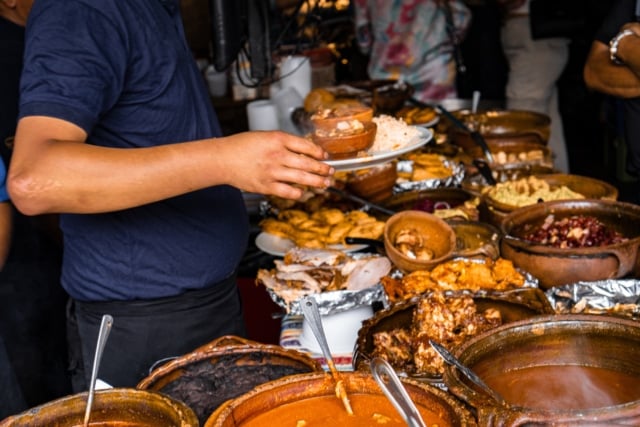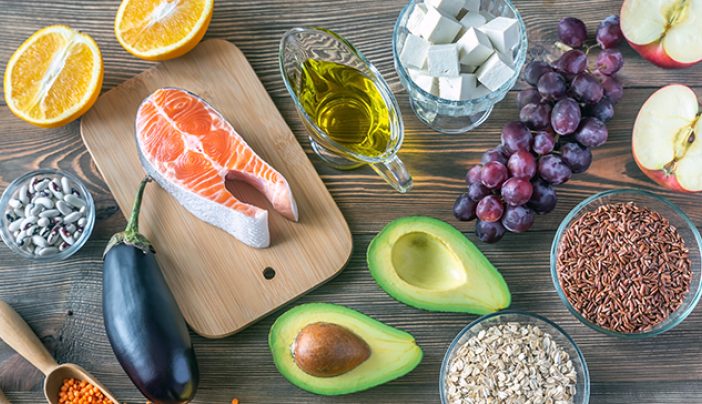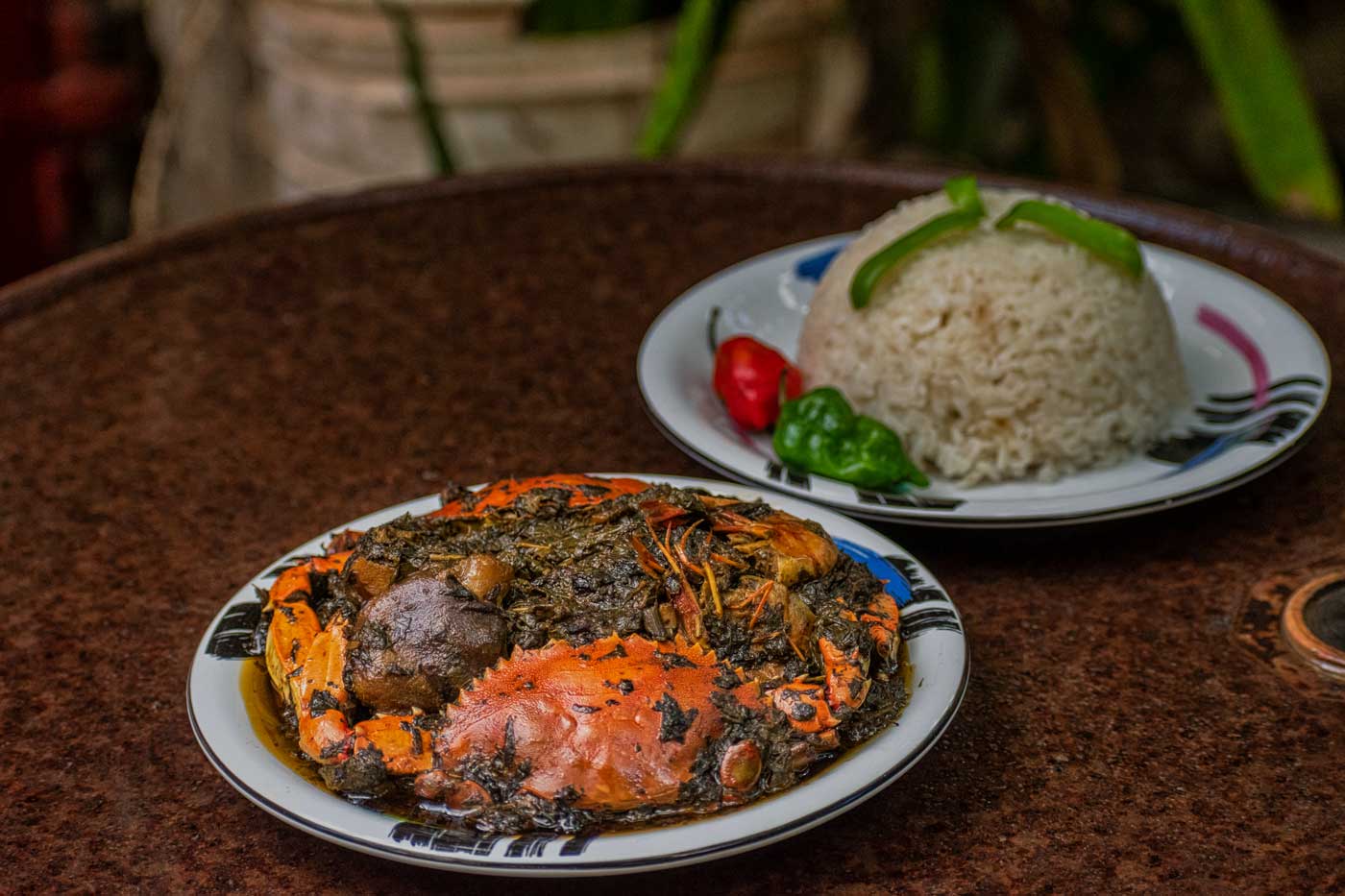Introduction:
Pacaya food, a culinary delight, holds a unique place in the gastronomic world. This article delves into the fascinating journey of pacaya, from its origins to its global culinary significance.In the heart of Guatemala lies a culinary delight cherished by locals and revered by food enthusiasts worldwide: Pacaya. This unique foodstuff embodies a cultural legacy while offering a myriad of nutritional benefits and flavorsome experiences. Let’s embark on a journey to unravel the secrets and allure of Pacaya.
What is Pacaya Food?
Pacaya, derived from the flowering buds of the chamaedorea tepejilote palm tree, is a cherished delicacy in Central America. Its tender, edible shoots form the core of this delectable treat.
History of Pacaya Food
The rich history of pacaya dates back centuries, where indigenous communities revered it for its taste and nutritional benefits. Discover the cultural significance and evolution of this cherished ingredient.
Culinary Uses
Explore the diverse culinary applications of pacaya in traditional cuisines and modern gastronomy. From salads to stews, learn how this versatile ingredient enhances the flavors of various dishes.
Nutritional Value
Uncover the nutritional profile of pacaya, delving into its vitamins, minerals, and health-promoting properties that contribute to its rising popularity in health-conscious diets.
Growing and Harvesting
Dive into the intricate process of cultivating and harvesting pacaya, understanding the environmental conditions conducive to its growth and the sustainable practices employed.
Popular Pacaya Dishes
Discover a plethora of mouthwatering recipes that feature pacaya as the star ingredient. From tamales to soups, explore the diversity of dishes showcasing this exotic delicacy.
Pacaya in Different Cuisines
Embark on a culinary journey across regions and cuisines, discovering how pacaya integrates into various culinary traditions worldwide.
Health Benefits
Unveil the health benefits associated with consuming pacaya, from aiding digestion to contributing to overall well-being, making it a sought-after addition to a balanced diet.
Sustainability and Environmental Impact
Examine the environmental impact of pacaya cultivation and consumption, highlighting its role in sustainable food practices and its contribution to local ecosystems.
Cooking Pacaya at Home
Get insights into preparing pacaya at home, exploring cooking techniques and tips to bring out its unique flavors in your kitchen.
Where to Find Pacaya
Guidance on sourcing this exotic ingredient, whether from local markets or online vendors, ensuring you can experience its culinary marvels.
Understanding Pacaya
Pacaya, known scientifically as Chamaedorea tepejilote, is more than a mere food item. It holds a revered place in Guatemalan culture, often symbolizing hospitality and tradition. This edible flower bud, resembling asparagus, flourishes in the volcanic soil of Guatemala’s lush landscapes.
Nutritional Powerhouse
Despite its delicate appearance, Pacaya packs a nutritional punch. Laden with vitamins, minerals, and dietary fiber, it serves as a valuable addition to a wholesome diet. Its abundance of vitamins A and C, along with potassium, makes it a standout ingredient for maintaining optimal health.

Pacaya in Gastronomy
Guatemalan cuisine celebrates Pacaya in various forms. From traditional dishes like “Tamales de Pacaya” to its incorporation in soups and stews, this versatile ingredient adds depth and flavor to local delicacies. Its unique texture and taste make it a sought-after element in culinary creations.
Cultivation and Sustainability
The cultivation of Pacaya involves meticulous attention to environmental conditions. With specific growth requirements and hand-harvesting methods, its sustainability remains a focal point. Efforts towards conserving this natural resource are paramount to preserving its availability.
Global Appeal and Innovation
Beyond Guatemala’s borders, Pacaya has garnered attention in global gastronomy. Renowned chefs incorporate it into fusion dishes, showcasing its adaptability and versatility. This culinary curiosity continues to inspire innovative recipes and food explorations.
Challenges and Future Prospects
Despite its popularity, Pacaya faces challenges related to availability and preparation complexities. However, emerging markets and ongoing innovations in consumption methods hold promise for its widespread acceptance in the future.
FAQs
- Is Pacaya easily accessible outside of Guatemala? Pacaya might be found in specialty stores or markets in some countries but remains more readily available in Guatemala.
- What does Pacaya taste like? It offers a unique flavor, often described as a blend of artichoke and asparagus with a tender, mildly sweet taste.
- How can one prepare Pacaya at home? Pacaya can be steamed, grilled, or sautéed after removing the tough outer layers. It’s often served with sauces or in salads.
- Are there any environmental concerns regarding Pacaya cultivation? Sustainable harvesting practices are essential to prevent over exploitation and maintain ecological balance.
- Can Pacaya be incorporated into vegetarian or vegan diets? Absolutely! It’s a fantastic addition to plant-based diets due to its nutritional profile and versatility in recipes.
Conclusion:
Pacaya food stands as a testament to culinary diversity and nutritional excellence. Its journey from traditional delicacy to global recognition mirrors the richness of cultural exchange through food.In conclusion, Pacaya stands as more than a mere food item; it represents a cultural heritage and a culinary treasure. Its nutritional value, versatility in cuisine, and potential for sustainable cultivation position it as a valuable global food resource.



